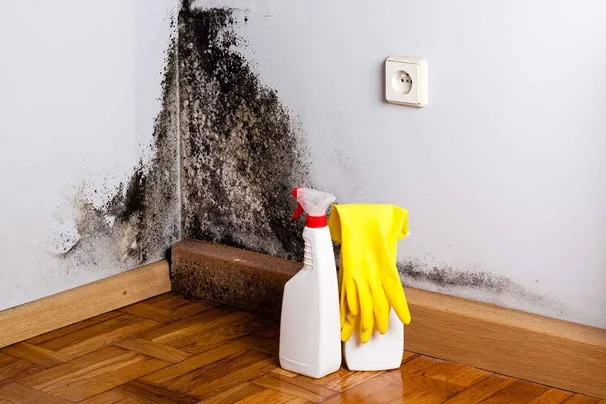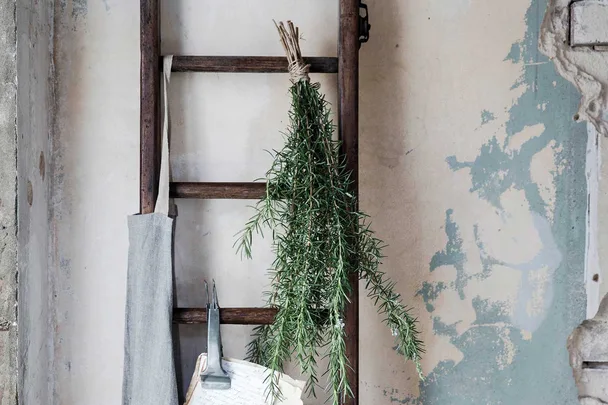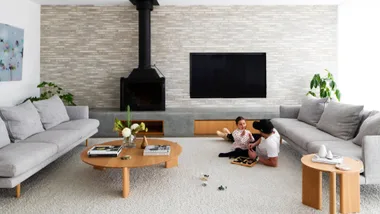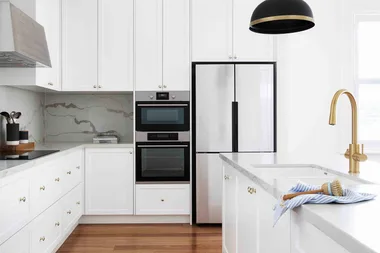Mould happens! And despite your best efforts, the signs of the fungi can appear virtually everywhere.
According to NSW Health: “Mould may grow indoors in wet or moist areas lacking adequate ventilation, including walls/ wallpaper, ceilings, bathroom tiles, carpets (especially those with jute backing), insulation material and wood. If moisture accumulates in a building mould growth will often occur. Many different types of mould exist and all have the potential to cause health problems.”
But that doesn’t mean you have to live with the stains that appear.

How to remove mould stains
Fabric
To remove mould stain from clothing, mix one cup of white vinegar in a bucket of water and pre-soak for one hour before washing as normal using a hot temperature.
Walls
To clean mould stains off walls, Good Housekeeping recommends “a solution of chlorine bleach and water – one part bleach to four parts water – or a good kitchen or bathroom spray that contains bleach.”
Just make sure you test a small area first.
That said, using bleach will only remove the colour and won’t kill the mould.
Mould expert Dr Leigh Winsor told the ABC the best way to get rid of mould is with a good scrub of a vinegar or alcohol solution.
He recommends eight parts vinegar to two parts water and a microfibre cloth.
“So you’d have three buckets: you’ll have your 80 per cent vinegar solution [for killing the mould] and you’ll have one that’s half that concentration [for rinsing your cloth] and then you’ll have one that is just water [for the second rinse],” he told the publication.
Carpet
When cleaning mould out of the carpet it’s important to do so as soon as possible. The Good Housekeeping Institute says to vacuum up and spray with a fungicide. Next, “Dab any remaining marks with a disinfectant and sponge with warm water.”
This article originally appeared on Better Homes and Gardens.
You might also like:
Clean your oven in less than five minutes
Six things you shouldn’t clean with vinegar
How to spring clean your home appliances
 Chris Warnes
Chris Warnes









